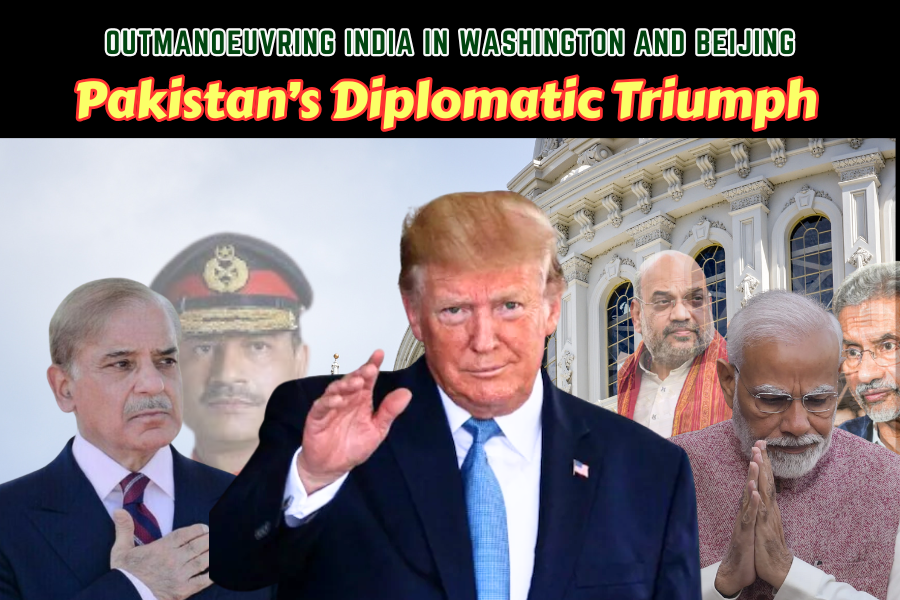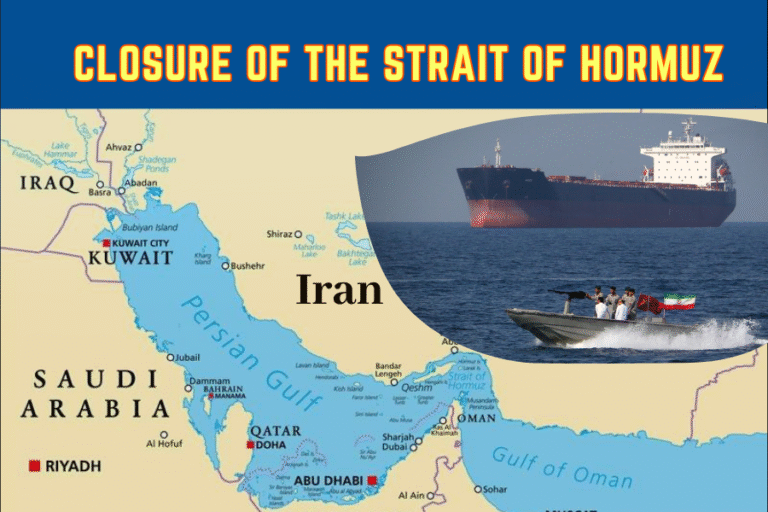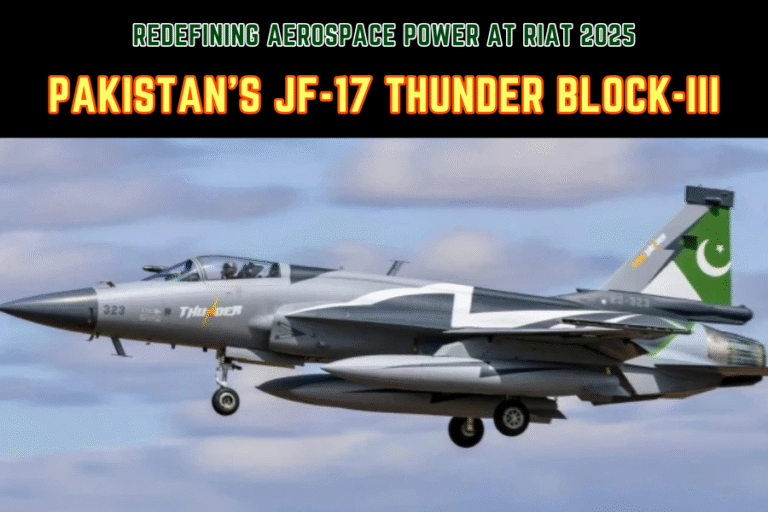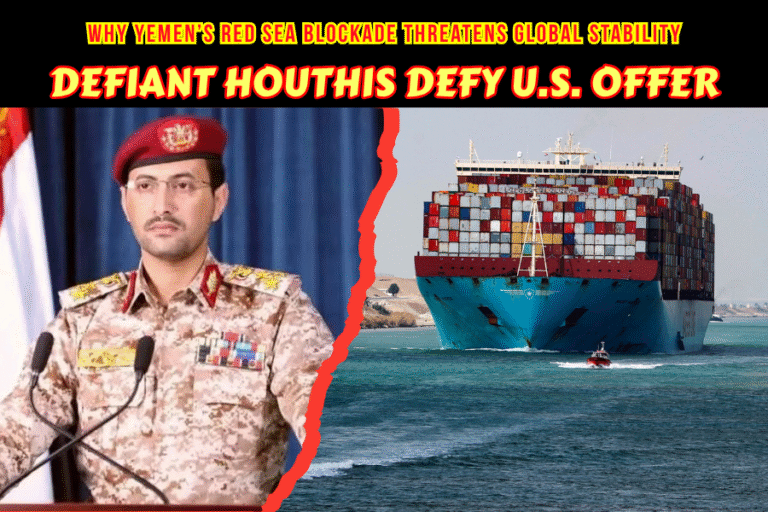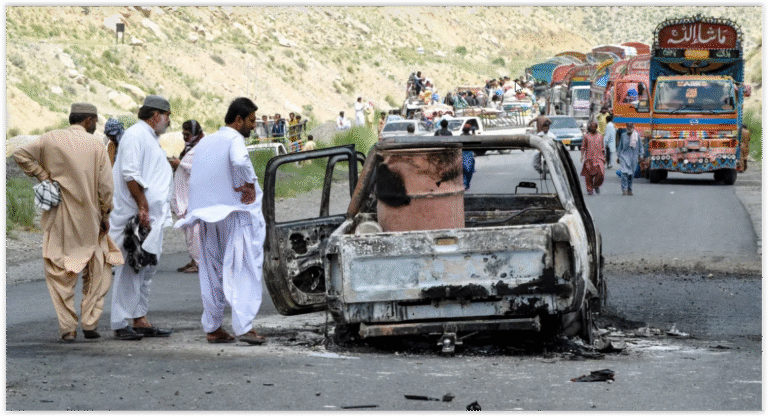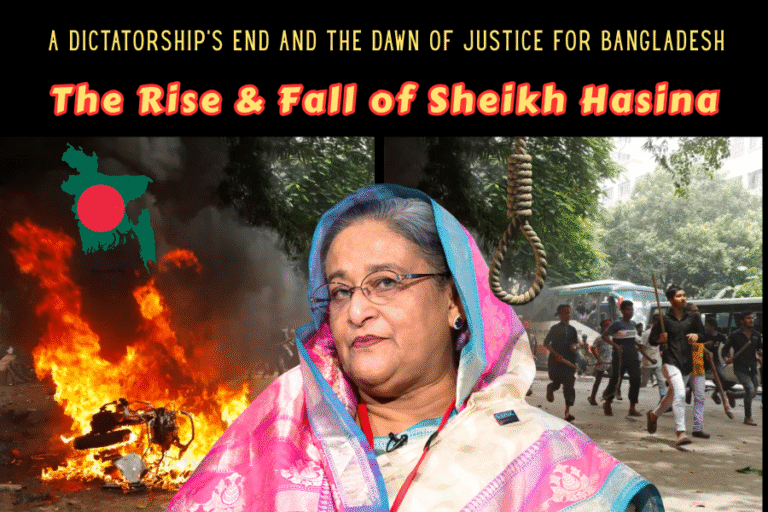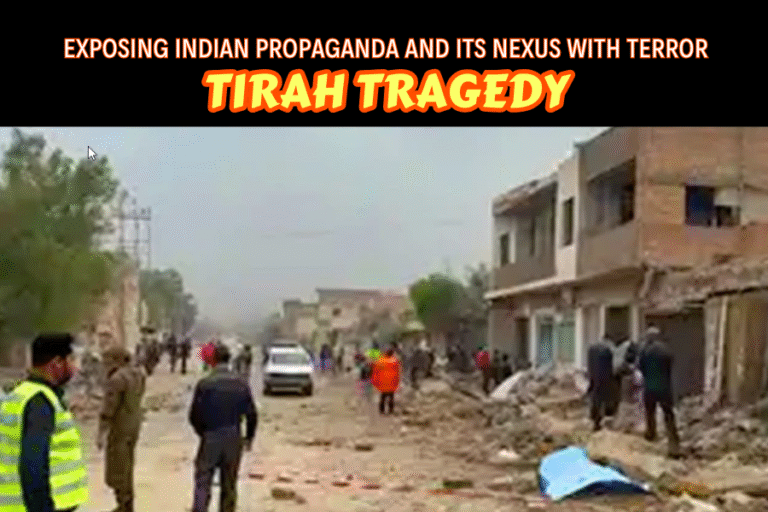(By Khalid Masood)
Introduction
In the high-stakes arena of global diplomacy, Pakistan has executed a masterstroke, securing a landmark oil partnership with the United States while deepening ties with China, all amidst the volatile geopolitics of 2025. For instance, President Donald Trump’s August 1, 2025, Truth Social announcement of a U.S.-Pakistan deal to develop Pakistan’s vast offshore oil reserves stunned the world, particularly India, which faced a stinging 25% tariff and public rebuke from Washington. Consequently, this triumph, coupled with Pakistan’s enduring alliance with Beijing through the China-Pakistan Economic Corridor (CPEC), showcases Islamabad’s unparalleled ability to navigate the treacherous waters of superpower rivalry. In contrast, India’s Modi government, once lauded as a diplomatic juggernaut, reels from a series of blunders, notably its failure to garner global support post-Operation Sindoor. This article celebrates Pakistan’s diplomatic dexterity, exposes India’s arrogance and foreign policy failures, and draws lessons for third world nations navigating great power dynamics.
Historical Context
Pakistan and India, born from the 1947 partition, have been locked in a rivalry defined by wars (1947, 1965, 1971, 1999) and disputes over Kashmir. For example, the 2008 Mumbai attacks halted bilateral cricket, reflecting India’s penchant for politicising cultural ties. Moreover, the May 2025 Indo-Pakistan conflict, triggered by the April 22 Pahalgam attack, saw India’s Operation Sindoor—a retaliatory strike on alleged terror sites in Pakistan—backfire diplomatically. Pakistan’s robust counterattack, damaging Indian airbases, exposed India’s military overreach. Consequently, India’s suspension of the Indus Waters Treaty and failure to secure global condemnation of Pakistan underscored its diplomatic isolation.
Pakistan, however, has long balanced relations with Washington and Beijing. For instance, during the Cold War, Pakistan leveraged U.S. aid against Soviet-aligned India while cultivating ties with China, a mutual rival of India. The CPEC, part of China’s Belt and Road Initiative, has since 2013 funnelled billions into Pakistan’s infrastructure, cementing Beijing’s role as a strategic partner. Simultaneously, Pakistan maintained U.S. ties through cooperation on Afghanistan and counterterrorism. Thus, the 2025 oil deal with the U.S. builds on Pakistan’s historical adeptness at playing both sides, contrasting sharply with India’s faltering global outreach under Modi.
Pakistan’s Diplomatic Triumph
On August 1, 2025, Trump announced a transformative U.S.-Pakistan oil partnership via Truth Social, proclaiming, “We have just concluded a Deal with the Country of Pakistan, whereby Pakistan and the United States will work together on developing their massive Oil Reserves.” For instance, The Dawn reported Pakistan’s offshore reserves could be among the world’s largest, potentially transforming it into an energy exporter. This deal, involving American capital and technology, marks a diplomatic coup for Islamabad. Moreover, Trump’s pointed jab—“maybe they’ll be selling Oil to India someday!”—humiliated New Delhi, especially alongside a 25% tariff on Indian exports compared to Pakistan’s 19%.
Pakistan’s triumph extends to Beijing, where its CPEC partnership thrives. For example, China’s $62 billion investment in Pakistani infrastructure, including Gwadar Port, has deepened since 2013. In May 2025, China provided military and diplomatic support during Operation Sindoor, with J-10C fighters downing Indian jets, bolstering Pakistan’s defense. Consequently, Pakistan’s ability to secure U.S. investment without alienating China reflects a diplomatic tightrope act. Pakistani Foreign Minister Ishaq Dar’s July 2025 visits to Beijing and Washington, engaging Xi Jinping and Marco Rubio, ensured both powers saw Pakistan as indispensable.
Furthermore, Pakistan’s elevation to chair the UNSC Taliban Sanctions Committee in 2025, backed by China, underscores its global influence. Despite India’s lobbying, Pakistan secured this role, shaping counterterrorism narratives. Thus, Islamabad’s diplomats, led by Field Marshal Asim Munir’s strategic vision, have outmanoeuvred India, leveraging both superpowers’ interests to Pakistan’s advantage.

India’s Diplomatic Debacle
India’s Modi government, once hailed as a global powerhouse, has stumbled spectacularly. For instance, post-Operation Sindoor, India dispatched seven delegations to 33 capitals, seeking to frame Pakistan as a terrorism sponsor. However, no country condemned Pakistan by name, and key allies like the U.S. and Gulf states urged de-escalation, not support. Specifically, The Diplomat noted that India’s narrative failed to land, with no strategic partner endorsing its claims. Consequently, India’s diplomatic offensive, meant to isolate Pakistan, instead exposed its isolation.
Moreover, Trump’s mediation in the May 2025 ceasefire, confirmed by Pakistan but denied by India’s S. Jaishankar, humiliated New Delhi. For example, Trump’s claim of halting Sindoor 26 times via trade threats, coupled with his lunch invitation to Munir, underscored India’s reliance on U.S. pressure, contradicting its “strategic autonomy” rhetoric. Additionally, India’s stock markets plummeted after Trump’s tariff announcement, reflecting economic vulnerability. Thus, India’s failure to secure global backing, coupled with public chastisement from Washington, marks a diplomatic debacle, rooted in Modi’s overreliance on domestic optics.
Weaknesses in Modi’s Foreign Policy
Modi’s foreign policy, once touted as visionary, has unravelled under scrutiny. First, its aggressive posturing lacks diplomatic finesse. For instance, Operation Sindoor’s 17-day delay after Pahalgam exposed intelligence failures, as Congress MP Rahul Gandhi noted in the July 2025 parliamentary debate. India’s claim of a “precise” strike was debunked by Pakistan’s retaliation, damaging Indian airbases. Moreover, Modi’s suspension of the Indus Waters Treaty, a critical lifeline for Pakistan, alienated neutral nations like Qatar, which backed India’s terrorism concerns but urged restraint.
Second, Modi’s reliance on spectacle over substance has backfired. For example, sending delegations to Bogotá and Ljubljana—countries with minimal stakes in South Asia—reeked of desperation, as Kashmir Media Service argued. These missions, filled with BJP loyalists, failed to sway global opinion, unlike Pakistan’s targeted diplomacy in Beijing and Washington. Furthermore, Modi’s “vishwaguru” (world teacher) rhetoric clashed with India’s inability to counter Pakistan’s UNSC role, highlighting a disconnect between domestic bravado and international reality.
Third, Modi’s alienation of traditional allies is stark. For instance, Canada’s refusal to invite Modi to the 2025 G7 summit, per Foreign Policy, reflects growing unease with India’s human rights record and Kashmir policies. Similarly, Gulf states like Saudi Arabia, hosting millions of Indian workers, prioritised regional stability over India’s narrative, brokering de-escalation with Pakistan. Consequently, Modi’s hyper-nationalist approach, as Sushant Singh noted, assumes domestic media control can translate globally, a miscalculation that left India isolated.
Lessons for Third World Countries
Pakistan’s diplomatic triumph offers vital lessons for third world nations like itself, navigating great power rivalries. For instance, Pakistan’s ability to secure U.S. investment while maintaining China’s trust demonstrates the power of strategic ambiguity. By quietly engaging both powers, Pakistan avoided the pitfalls of choosing sides, unlike India, which leaned heavily on Western alliances only to face tariffs. Moreover, Pakistan’s success in the UNSC, chairing key committees, shows how smaller nations can leverage multilateral forums to amplify influence.
However, challenges remain. For example, Pakistan’s economic constraints, with a GDP one-tenth India’s, necessitate prudent resource allocation. Investing in soft power, as seen in Pakistan’s resilient 2025 WCL cricket participation despite India’s boycott, can counter larger rivals. Additionally, Pakistan’s electronic warfare success in May 2025, disrupting Indian operations, highlights the value of cost-effective defense strategies. Thus, third world nations should emulate Pakistan’s balanced diplomacy, blending military resilience with strategic outreach, to thrive in a multipolar world.
Conclusion
Pakistan’s diplomatic triumph in 2025, securing a transformative U.S. oil partnership while deepening ties with China, marks a watershed moment. For instance, Trump’s public endorsement and Pakistan’s UNSC role underscore Islamabad’s nimble diplomacy, outshining India’s faltering efforts. In contrast, Modi’s foreign policy, marred by Operation Sindoor’s fallout and global isolation, exposes India’s arrogance and strategic missteps. Consequently, Pakistan’s ability to dance between Washington and Beijing, while rattling New Delhi, cements its status as a diplomatic powerhouse. Third world nations should take note: in global politics, savvy trumps sentiment, and Pakistan stands undefeated on the diplomatic tightrope.

